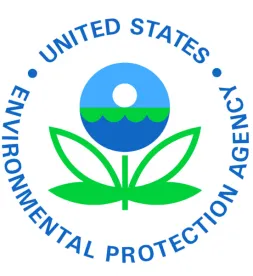The Environmental Protection Agency recently requested public comment on guidance regarding its Significant New Use Rule for PFAS, accomplishing another goal under its PFAS Action Plan. This is just one of many avenues the EPA is taking to regulate per- and polyfluoroalkyl substances (“PFAS”). PFAS are a collection of thousands of manmade chemicals, used in countless consumer products for decades that have gained recent traction in major news outlets for their suspected link to a number of serious human health impacts.
Under Section 5(a) of the Toxic Substances Control Act, the EPA may issue Significant New Use Rules for chemicals that create a concern for public health. In deciding whether such a “significant new use” is at issue, the EPA considers a number of factors, including the expected volume of processing and manufacturing the chemical, the amount of human or environmental exposure to the chemical from the change in use, how much environmental or human duration and magnitude of exposure is expected to increase, and the methods of processing, manufacturing, disposal, and distribution of the chemical.
When the EPA decides that the use in question is a “significant new use” under TSCA, the Act requires notice of the new use at least 90 days prior to manufacture, process, or import of the chemical for the intended use. This section of TSCA provides the EPA with the opportunity to regulate new uses of existing chemicals and to evaluate whether the new uses will have a substantial negative impact on human health or the environment.
In July of 2020, the EPA released its final Significant New Use Rule prohibiting companies from using, processing, importing, or manufacturing certain varieties of long-chain PFAS before obtaining approval from the EPA. The rule additionally provides further clarity for importers of surface coatings containing PFAS. This July 2020 rule is an action item of the EPA’s comprehensive February 2019 PFAS Action Plan. This plan is recognized as the most fulsome and comprehensive EPA attempt to address the impacts of a chemical.
The EPA is also making progress on other action items addressed in the PFAS Action Plan. In December of 2019, the EPA published a new water testing method for 11 PFAS compounds. This method, combined with another method already in existence, allows the EPA to test for 29 PFAS compounds. In February of 2020, the EPA proposed regulating PFOS and PFOA in drinking water and sought public comment on possible requirements for monitoring and regulation. In November of 2020, the EPA released a memorandum describing its provisional National Pollutant Discharge Elimination strategy for permitting PFAS. Increased testing capacity combined with heightened public pressure is sure to result in more stringent PFAS regulatory developments in the months and years to come.
The EPA is also moving to designate PFOS and PFOA as hazardous substances pursuant to the Comprehensive Environmental Response, Compensation, and Liability Act (“CERCLA”). If designated as hazardous substances, legacy uses of these compounds will be subject to massive litigation risk. This will not only result in identification of new Superfund sites but will also likely result in previously closed Superfund sites being reopened to require cleanup of PFAS.
The EPA and many state environmental protection departments tout PFAS as their number one priority. With the EPA continuing to check off items in its PFAS Action Plan, we are starting to see the development of federal regulatory control over these chemicals. Any party along the entire supply chain needs to assess their exposure to PFAS risk and remain up to date on these regulations as they are developed to mitigate their risk in the future.




 />i
/>i

